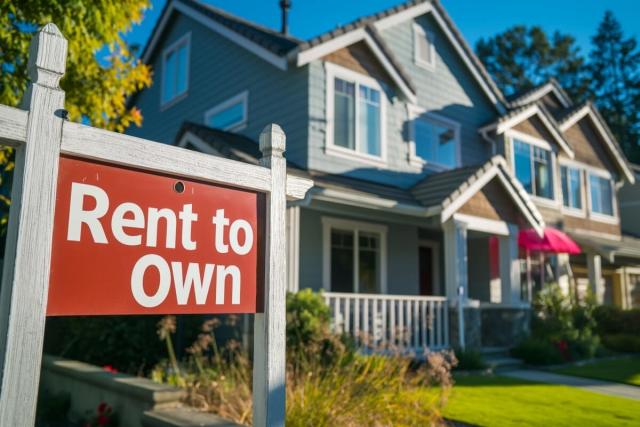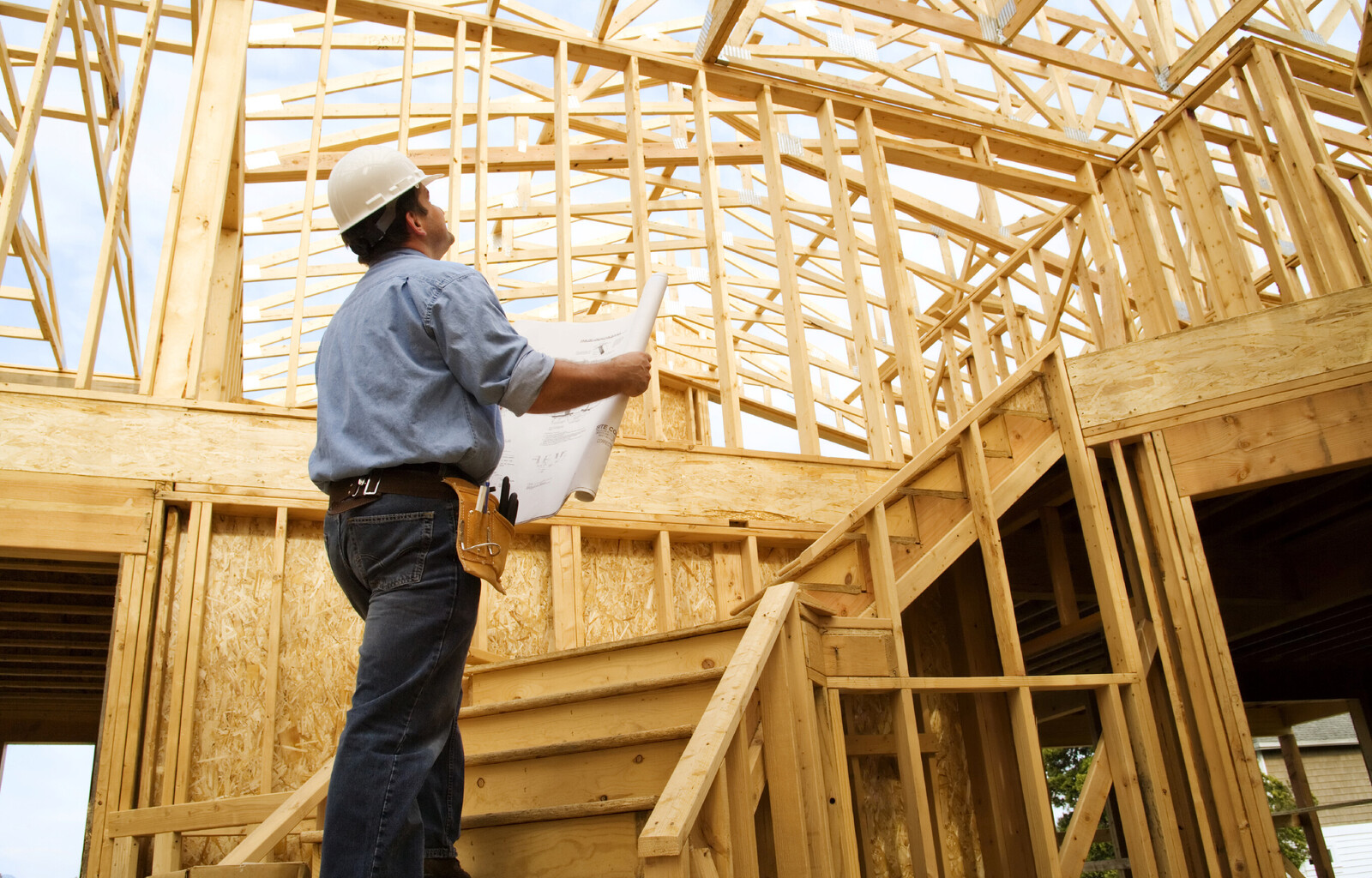Navigating New Construction: Tips for a Brand New Home
Buying a brand-new home is exciting—you get that fresh paint smell, modern finishes, and the thrill of knowing you're the very first owner. But navigating new construction isn’t quite the same as buying a resale home. From builder contracts to final walkthroughs, there are a few extra steps (and potential pitfalls) to be aware of.
Here are the top tips to help you confidently navigate your journey into new construction ownership:
Work with a Real Estate Agent—Even for New Builds
Many buyers assume they don’t need an agent when purchasing directly from a builder, but having your own representation is key.
A good agent can:
-
Negotiate upgrades or closing costs on your behalf
-
Help you understand the fine print in builder contracts
-
Keep your interests protected from start to finish
Bonus: Most good builders offer to pay your agent — so it costs you nothing extra.
Understand the Warranty & Get a Home Inspection
One of the biggest perks of buying a new construction home is the warranty that often comes with it. However, it’s important to fully understand what’s covered and for how long. Most builder warranties include:
-
1 year for general workmanship (this goes for everything from nail pops, to trim, to even paint!)
-
2 years for mechanical systems (think plumbing, HVAC, electrical, appliances, etc)
-
10 years for structural elements (roofing, siding, foundation -- the big stuff)
Be sure to get everything in writing, and set calendar reminders to schedule repairs before coverage runs out. And yes, even brand-new homes can have issues. Pipes can leak, outlets can be wired incorrectly, and HVAC systems may not be installed properly. Hiring a third-party home inspector ensures everything’s up to code and functioning before you move in—and helps you catch problems while the builder is still responsible for fixing them. One of my best recommendations is to schedule a general home inspection about 6-8 months after you move into your new home. This is a great way to make sure you have been maintaining your home the way you're supposed to be as well as catch any potential issues that could get worse over time -- those things may even fall into the builder's warranty and you can get them taken care of for no extra cost to you.
Know What’s Included (and What’s Not) & Plan for the "Extras"
Model homes are beautiful—but they’re often full of upgrades. Be clear on what comes standard and what will cost extra.
Ask questions like:
-
Are there window coverings included? (most new builds consider blinds as an upgrade, so make sure you find out!)
-
What are the standard finishes and which are upgrades? (countertops, cabinets, flooring, light fixtures, etc)
-
Are all of the appliances part of the package? (most builders DON'T include the clothes washer and dryer... some offer them as an upgrade)
- What is included for landscaping? (sod, trees, plants, fencing, mailbox, gutters, etc. Many builders offer different options/inclusions.)
Knowing the difference can save you from surprise costs later.
Monitor for Settling
It’s common for new homes to experience some settling during the first few years after construction. This means the house is gradually adjusting to the soil beneath it, which can cause minor cracks in walls, door frames, or floors. Keep an eye on any signs of settling and document changes. While most settling is normal, significant cracks or shifts should be reported to your builder and possibly covered under warranty.
Maintain Your Home’s Systems Early
Preventative maintenance is key, especially in a new home. Even though everything is brand-new, systems like HVAC, water heaters, and appliances still need regular upkeep to stay in top shape. Schedule routine maintenance for your HVAC system, change air filters as needed, and follow the manufacturer’s guidelines for any appliances. Staying on top of these tasks early will help prolong the life of your home’s systems.
Landscape with Care
When you move into a newly constructed home, the exterior often includes basic landscaping—usually a lawn and some simple plants or shrubs. New lawns, in particular, need special care during their first year to properly establish. Water your lawn and plants consistently, but avoid over-watering, as it can lead to shallow root growth. Additionally, consider adding your personal touches to the landscape over time, but make sure to choose plants that are suitable for your climate and that complement your home’s style.
Keep Track of Builder-Provided Information
Your builder should provide you with detailed documentation about your home, including information on appliances, systems, and materials used in construction. Store this information in a safe place and reference it when needed. For example, knowing the specific brand and model of your HVAC system will help when it’s time for maintenance or repairs.
Plan for Future Customization
While new construction homes are often move-in ready, you may want to personalize your space further down the road. Take your time settling in and living in the home before making any major design changes or upgrades. This gives you a chance to get a feel for how you use the space and what would enhance your experience. Whether it’s installing a fence, adding built-in storage, or upgrading fixtures, planning future customizations ensures you’ll love your home even more as the years go by.
Final Thoughts
Owning a brand-new home is a major milestone. With the right guidance and a little preparation, you can avoid common headaches and enjoy the smoothest possible move into your dream space.
Thinking about buying new construction? Let’s talk—I can help you find the right community, ask the right questions, and get the most value out of your new home.
Categories
Recent Posts










GET MORE INFORMATION

